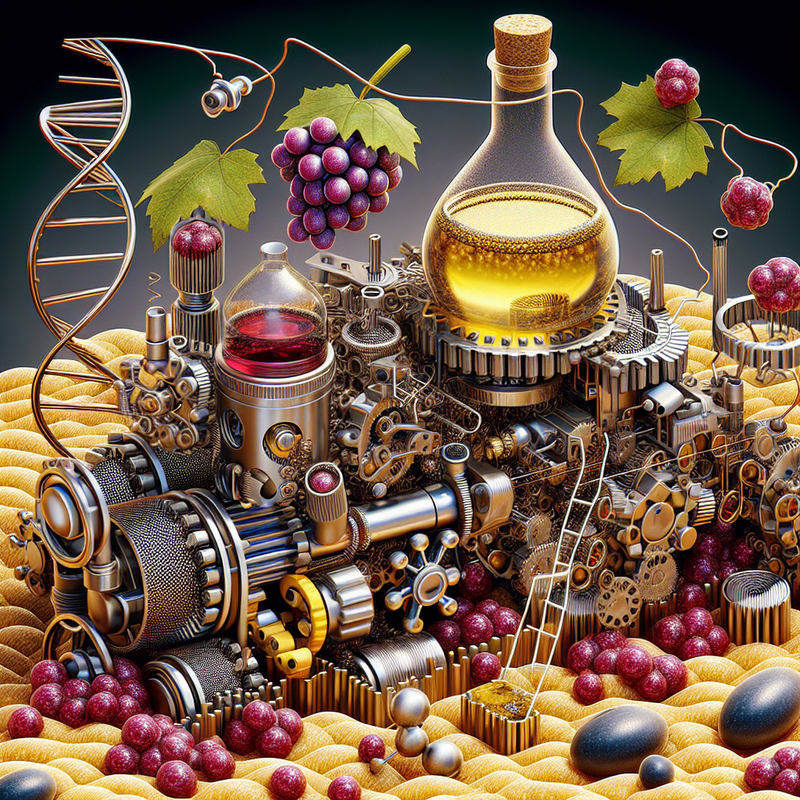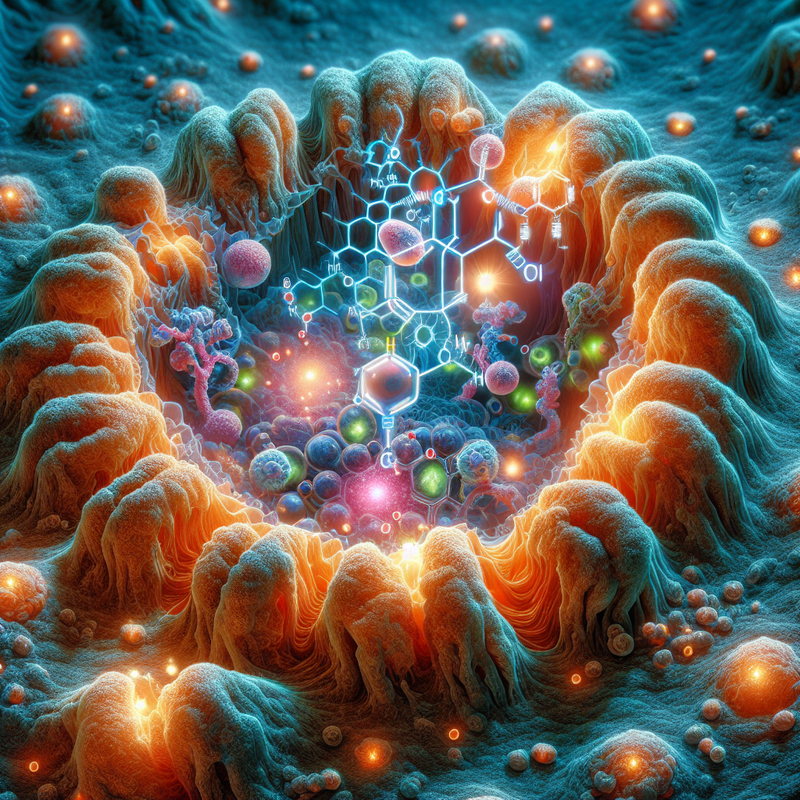In a pioneering move within the realm of gene therapy, a team at the Innovation Center of NanoMedicine (iCONM) has unveiled a method that may redefine the treatment of numerous diseases.
Detailed in ACS Nano, their research showcases the use of nanotechnology, incorporating elements typically found in wine, to navigate the longstanding obstacles of gene therapy efficiently.
Assistant Professor Yuto Honda from the Institute of Science Tokyo, along with Principal Research Scientist Dr. Hiroaki Kino and Prof. Nishiyama’s team at iCONM, have made significant strides with this breakthrough. Prof. Honda remarked, “Our nanomachine has proven its ability to facilitate gene transfer effectively, even when faced with neutralizing antibodies.”
Advancing Gene Therapy Through Nanotechnology
The innovative nanomachines crafted by the researchers involve a fusion of AAV vectors with tannic acid—a substance prevalent in wine—and specially engineered polymers. These elements combined forge an impressive mechanism for gene therapy. Tannic acid possesses a natural affinity for binding with biomolecules, and when combined with polymers derived from phenylboronic acid, it forms a highly capable nanomachine.
Experimental testing on mice demonstrated that these nanomachines, equipped with AAV, successfully bypassed neutralizing antibodies and decreased hepatotoxicity while sustaining gene transduction efficiency. This contrasts the lone AAV administration, which showed diminished activity. “Systemic administration resulted in gene transfer efficiency of about 50–60% in the brain and liver, which is remarkably higher than that of the sole AAV9 vector,” Prof. Honda explained.
The implementation of this technology may alter the landscape of viral vector therapies, which are often limited by neutralizing antibodies of the immune system. By integrating focused ultrasound irradiation with microbubbles, the researchers were also able to amplify the precision of gene transfers to the brain up to six times more than usual.
The outcomes of this research present an intriguing alternative strategy for treating conditions previously constrained by immune reactions to conventional gene therapy vectors. With ongoing examination and development, this method is slated to enhance the efficacy and safety of gene therapy practices, opening doors to improved healthcare applications soon.







